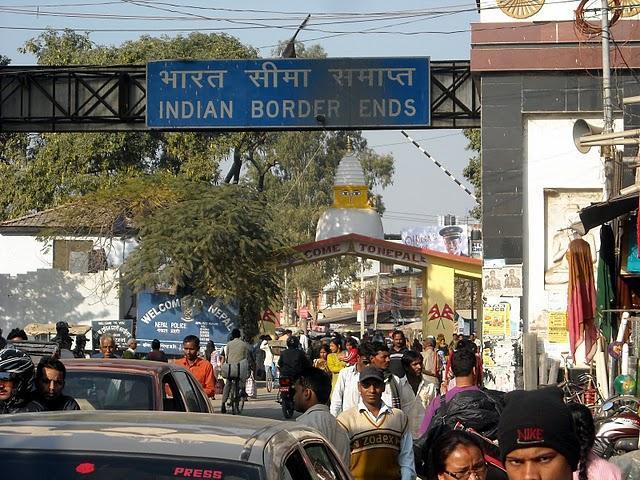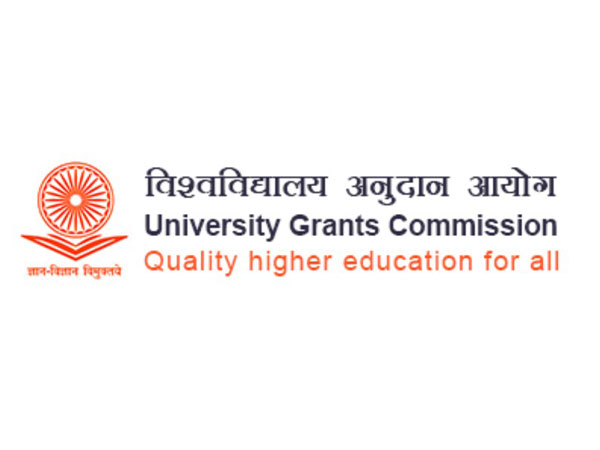Prime Minister Narendra Modi on Thursday dedicated three PARAM Rudra supercomputers and High-Performance Computing systems to the nation. The systems, located in Delhi, Pune, and Kolkata, are set to bolster India’s research and development capabilities across various scientific fields.
“These supercomputers will go a long way in ensuring that India’s scientists have access to state-of-the-art facilities,” the Prime Minister said. “The three supercomputers launched today will help in advanced research from physics, earth science, and cosmology.”
“To instill scientific temperaments in young minds, 10,000 Atal Tinkering Labs have been set up in schools. Additionally, scholarships for STEM subjects have been increased,” he added.
The National Supercomputing Mission (NSM), launched to create a robust computing infrastructure for the country, is the driving force behind the deployment of these systems. It is designed to meet the computational demands of academia, researchers, MSMEs, and startups. This initiative is the first of its kind aimed at enhancing India’s computing power.
Managed jointly by the Department of Science and Technology (DST) and the Ministry of Electronics and Information Technology (MeitY), the mission is being implemented by the Centre for Development of Advanced Computing (C-DAC) in Pune and the Indian Institute of Science (IISc) in Bengaluru.
These advanced systems are equipped with applications supporting a range of fields, including Weather and Climate, Computational Fluid Dynamics, Bioinformatics, and Material Science. The supercomputers also feature Artificial Intelligence (AI) capabilities for Machine Learning and Deep Learning, with additional cloud-based compute and storage services.
“In this year’s budget, a research fund of Rs 1 lakh crore has been announced so that India empowers the 21st century world,” PM Modi added.
He took a moment to reflect on India’s achievements in the space sector, noting the establishment of the ‘Bharatiya Antariksha Station’ by 2035 as a future goal. India’s successful soft landing of Chandrayaan-3 at the Moon’s South Pole in 2023 and the launch of the Aditya-L1 mission, India’s first solar project, were marked as key milestones in advancing the country’s role in the global space economy. These developments have also accelerated growth in the private space sector.
India is now gearing up for the Gaganyaan mission, which aims to showcase the nation’s ability to conduct human spaceflight. The mission will involve launching a crew of astronauts into orbit, followed by a safe return to Earth, with a planned landing in India’s sea waters.
The government has so far approved five semiconductor units in India, with construction already underway at two sites. Work on the remaining three sites will commence soon. The companies have already made cumulative investments of nearly Rs 1.5 lakh crore.
(ANI)



















